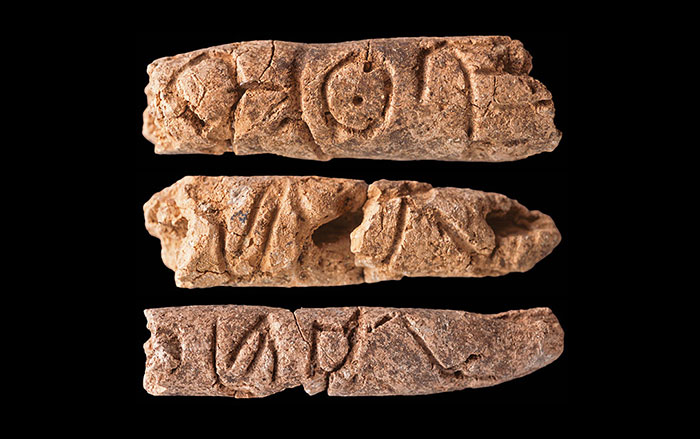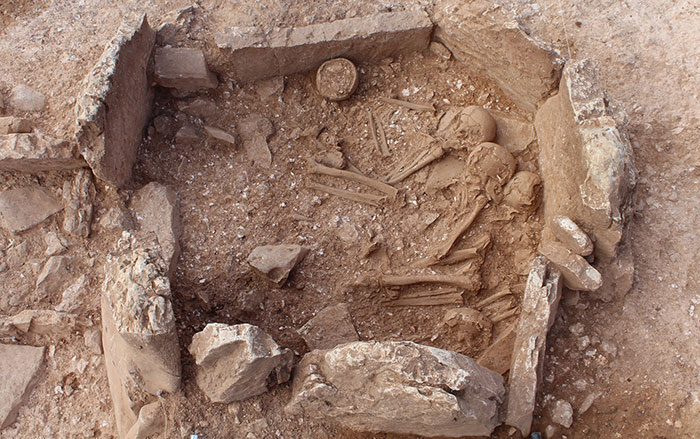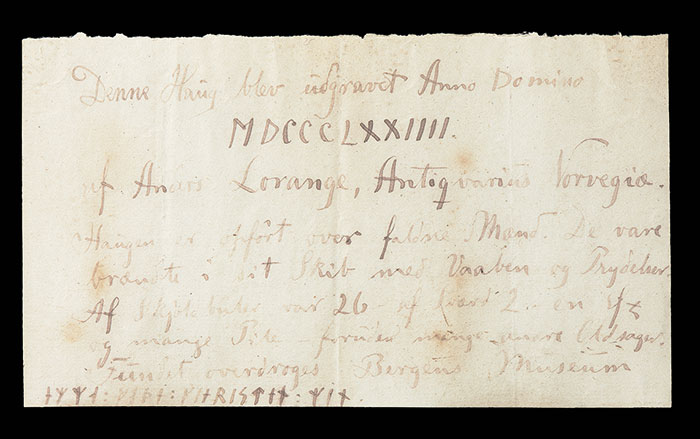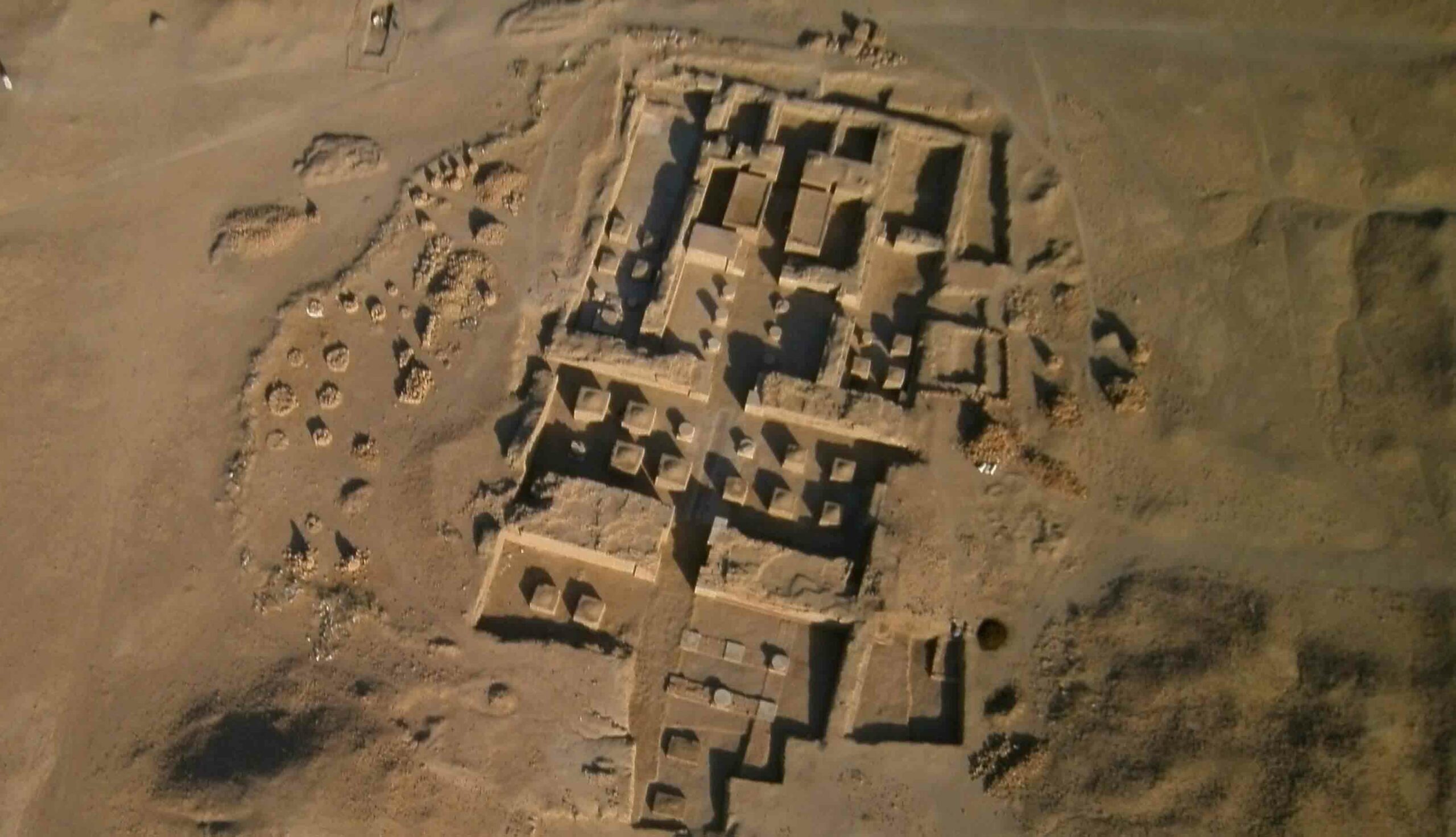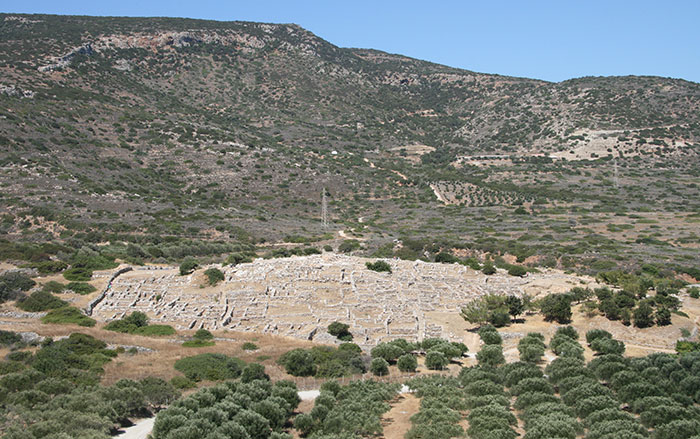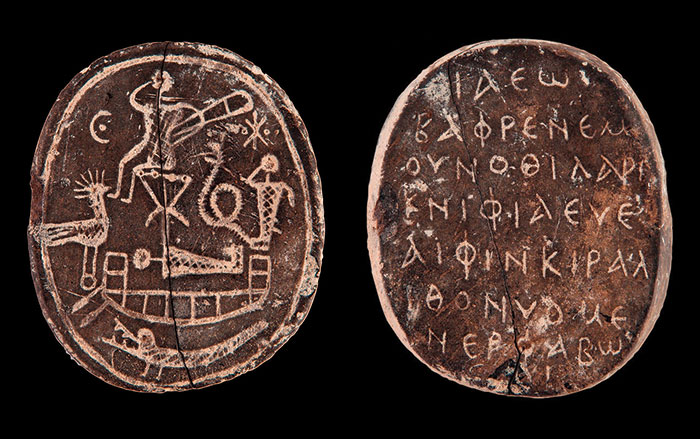
PORTSMOUTH, ENGLAND—A study of the smile types displayed by chimpanzees in the wild suggests that their communication is more similar to that of humans than had been previously recognized. Humans and chimpanzees have the same types of smiles when laughing, and they can produce those smiles silently. “Humans have the flexibility to show their smile with and without talking or laughing. This ability to flexibly use our facial expressions allows us to communicate in more explicit and versatile ways, but until now we didn’t know chimps could also flexibly produce facial expressions free from their vocalizations,” Marina Davila-Ross of the University of Portsmouth said in a press release. This suggests that positive facial expressions and flexibility in facial expressions were present in our common ancestor. There are still differences between the laughter of humans and chimps, however. “Chimps only rarely display crow’s feet when laughing, but this trait is often shown by laughing humans. Then, it is called Duchenne laughter, which has a particularly positive impact on human listeners,” she said. To read about a very different way scientists are looking at the evolution of the human face, go to "Your Face: Punching Bag or Spandrel?"


